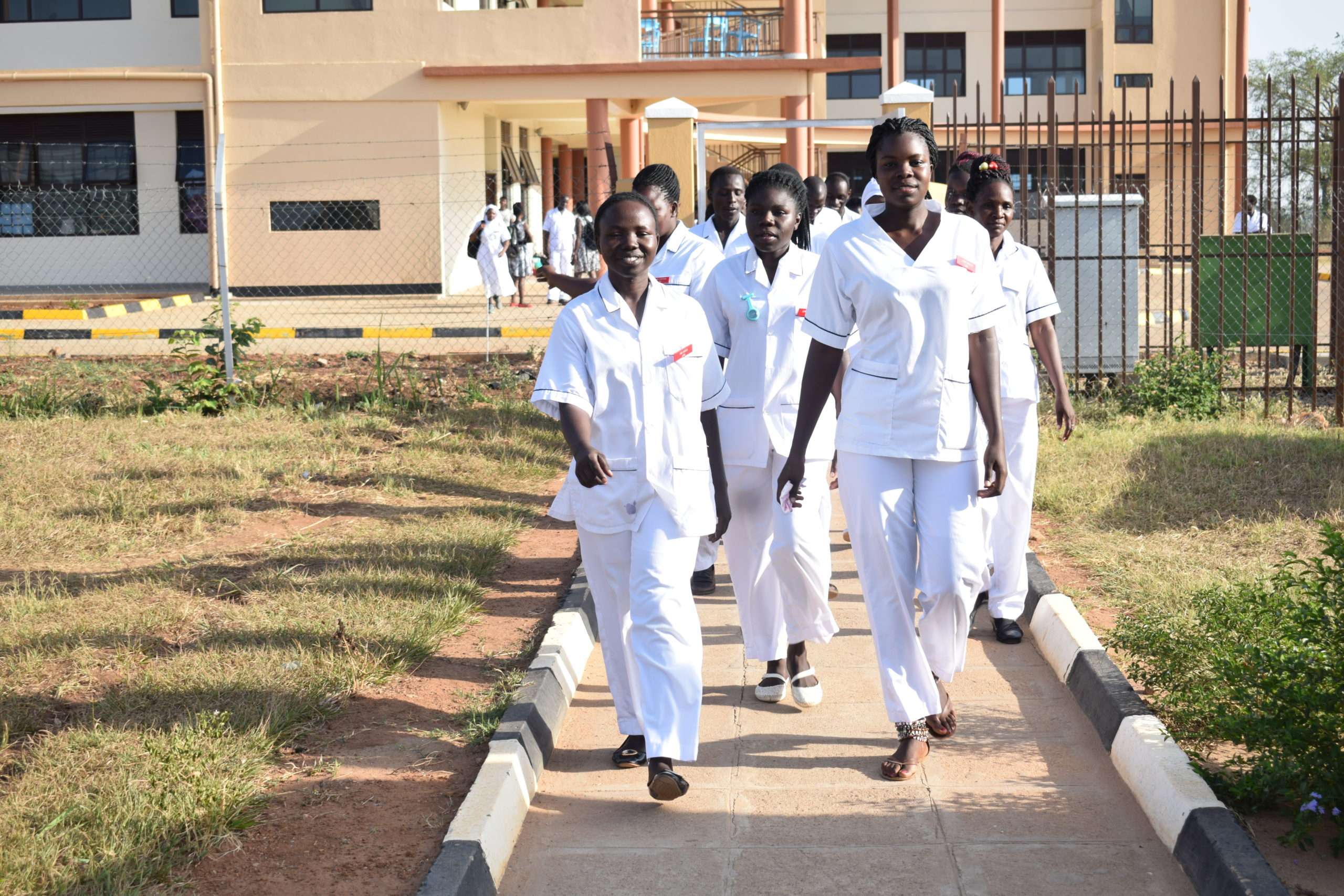Background
Out-of-school adolescents and youth in sub-Saharan Africa represent a structurally excluded demographic with limited access to quality sexual and reproductive health and rights (SRHR) services. Entrenched socio-cultural norms, gender inequities, financial dependency, and weak community–facility linkages amplify their vulnerability to unintended pregnancies, unsafe abortion, and gender-based violence (GBV).
The Dutch-funded and UNFPA-supported Advancing SRHR (ANSWER) programme was designed and implemented in Uganda’s West Nile and Acholi sub-regions to address these multidimensional inequities through a systems-oriented, community-anchored, and adolescent-responsive approach.
An endline evaluation investigated the programme’s impact on SRHR knowledge, attitudes, and service uptake among out-of-school adolescents aged 15–24 years.
Methods
A mixed-methods quasi-experimental design was applied with pre- and post-intervention assessments across a longitudinal cohort (n > 3,000). Quantitative data captured changes in contraceptive knowledge, awareness of pregnancy risks, and knowledge of post-GBV support services. STATA 15.0 was used for inferential analyses.
Qualitative data from 32 focus group discussions and 18 key informant interviews with adolescents, caregivers, and frontline implementers were analyzed thematically using NVivo 12, focusing on mechanisms of change, social norm shifts, and intervention acceptability.
Process monitoring data captured fidelity, peer educator reach, session completion, and referrals. The programme integrated core principles of intersectionality, gender-transformative practice, and youth participation throughout design and implementation.
Results
Contraceptive knowledge significantly increased from 48.6% to 59.9% (p < 0.001), with knowledge of at least one method from each category (short-, medium-, long-acting) rising from 28.3% to 39.3%. Awareness of adolescent pregnancy risks and unsafe abortion increased from 47.2% to 56.2% (effect size = 14.7%, p < 0.001).
Despite improved awareness, reported condom use among sexually active youth declined, suggesting deeper behavioural or relational barriers requiring targeted normative interventions. The programme established 288 VSLAs engaging 8,558 youth, of whom 65.3% completed over 80% of the SRHR curriculum. A total of 1,171 peer educators reached 7,705 peers with accurate SRHR information.
Similarly, strengthened bi-directional referral systems enabled 8,072 adolescents to access contraception or GBV support services while participatory adolescent health forums engaged 15,063 youth (61.6% female), catalysing intergenerational dialogue and community buy-in.
Qualitative insights highlighted increased agency among adolescent girls and reduced stigma related to contraception. Peer educators were described as trusted, relatable messengers, enhancing the acceptability of SRHR information compared to traditional service providers. Moreover, the local health systems reported improved coordination, with strengthened feedback loops between community actors and service delivery points.
Conclusion
The ANSWER programme validates a scalable, gender-transformative model that embeds peer-led SRHR education within economic empowerment platforms and reinforces community–facility linkages. Its impact across knowledge, attitudes, service uptake, and social norms suggests that addressing structural and relational determinants in tandem can accelerate SRHR equity for out-of-school youth.
The approach aligns with CIRHT-UM’s agenda for integrated, evidence-based SRHR programming and offers a replicable framework for advancing adolescent-responsive policies in low-resource settings.
Future scale-up should institutionalise adolescent leadership, strengthen male engagement strategies, and deepen intersectional approaches to ensure no adolescent or youth is left behind.
To sustain SRHR gains, scale-up must institutionalize and integrate rights-based, gender-transformative, and intersectional approaches across the programming continuum.



